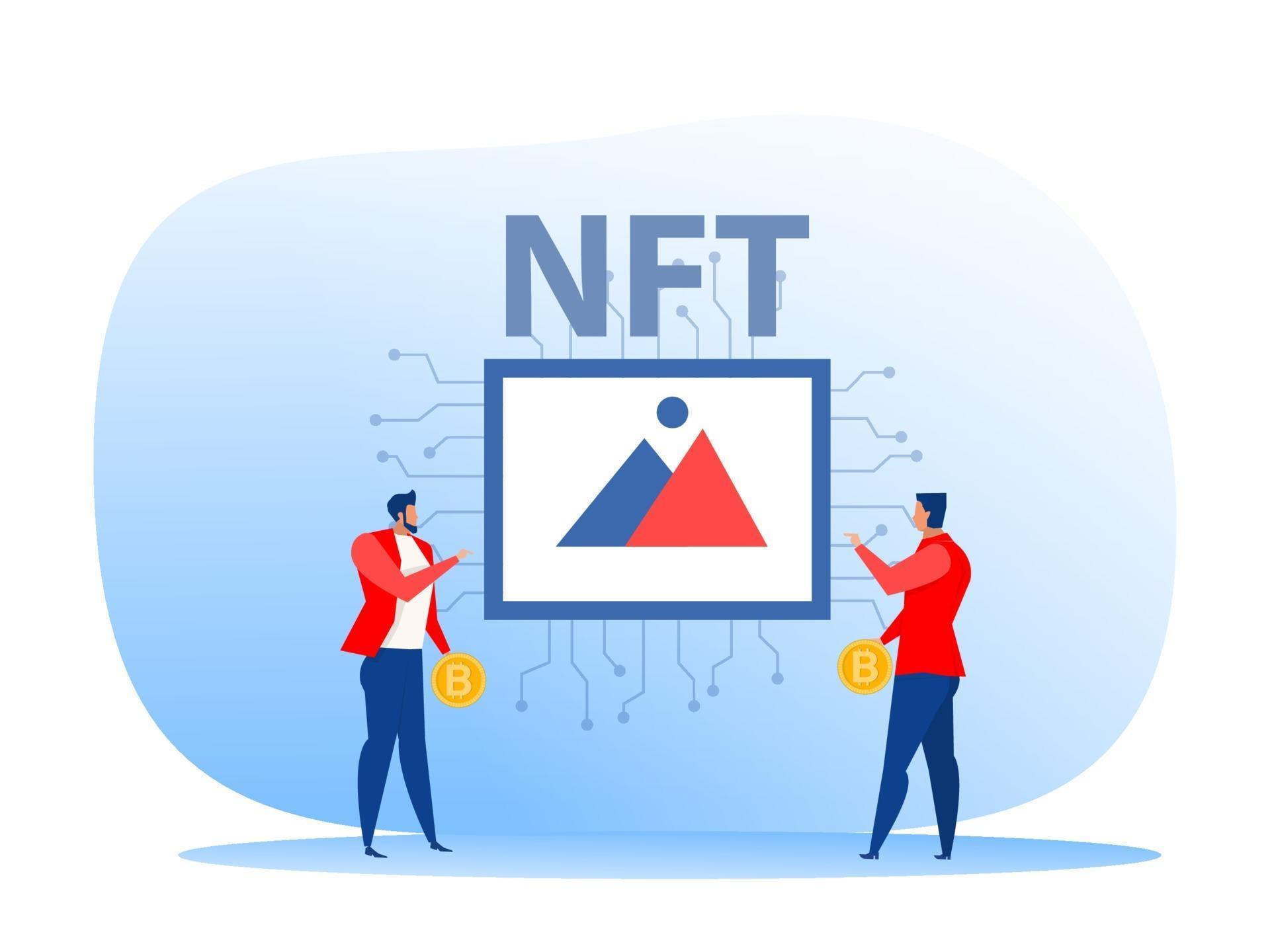An NFT is a unique digital certificate or signature that can be securely linked to any object, whether physical or virtual.
Difference Between NFTs and Crypto
Both cryptocurrencies and NFTs are digital assets intended as a store of value. But, whereas cryptocurrencies are meant as a medium of exchange in the form of tokens representing digital or virtual money, NFTs are linked to a specific and unique physical asset.
Because of this, according to NFT games news, one of the fundamental differences between the two are that cryptocurrencies are fungible and NFTs are non-fungible (indeed the acronym itself stands for “non-fungible token.”) As a fungible digital asset, all tokens of the same cryptocurrency, such as Bitcoin, are of equal value, and are therefore interchangeable. By contrast, NFTs, as non-fungible assets, are each unique and irreproducible. That means, each NFT’s history of ownership can be traced, including who purchased it and when, dating all the way back to its initial creation.
Therefore, turning a digital good, such as a travel photo, into an NFT, or tokenizing it, gives that item its own specific value. That makes each NFT unique in its identity, or what it represents, and how much it’s worth. By being immutability locked to a specific physical item and stored on the blockchain, each one is also provably authentic and completely traceable.
This makes NFTs an ideal medium for monetizing photography.
NFTs of Photography
The NFT marketplace allows photographers to monetize individual photographs by tokenizing them, and whomever owns the token owns the photo. While others can view, record and share the photo freely, only the holder of the token owns it. An NFT, therefore, can serve as a virtual signature, and hence a certificate of authenticity, for a particular photo.
The NFT holder does not, however, have possession of the photo, rather the holder possesses a certificate the photographer issues certifying the holder as the buyer of the NFT and new owner of the work. While the photo itself can be duplicated and distributed, limiting the value of any individual copy, the NFT of that photo can acquire significant value.
Benefits of NFTs for Photographers
Tokenizing photographs gives photographers the same ability to set term editions, such as limited or open, as when they sell or license the photographs themselves. A photographer can even attach a royalty agreement to an NFT, entitling the photographer to a portion of any profits the NFT earns each time it transfers ownership to another party.
The NFT market is booming in the art world today for several reasons. Cryptocurrencies have achieved record sales, with much of the profits held in crypto wallets used to purchase crypto art. Extrapolating that to digital assets representing digital art is no big leap.
NFTs also pose no threat to the dollar or other fiat currency like cryptocurrencies do, meaning central banks won’t be expending such time and effort attempting to regulate and otherwise constrain it like they do Bitcoin and other crypto.
Lastly, the COVID pandemic has forced the artworld, like many industries, to reinvent how it functions. As galleries remain closed or underutilized, NFTs allow the buying and selling of artwork to forge on.

